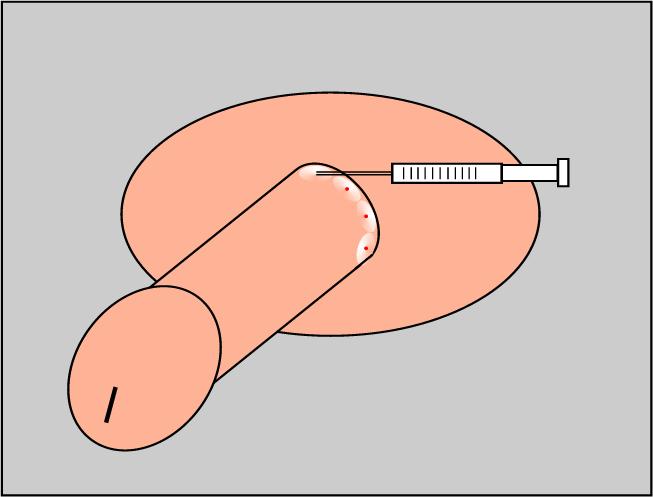|
OBGYN Skills Lab
|
||||||||
|
Circumcision Video Males are born with a hood of skin covering the glans of the penis. This hood is called the foreskin. Circumcision is the surgical removal of the hood. Some couples request circumcision for religious reasons, others for health or cleanliness reasons. Circumcision is probably effective at reducing the later risk of:
However, infections are infrequent and usually easily treated, penile cancer is very rare, and the marginal increased risk of cervical cancer is small. While there are a few medical reasons for performing circumcision, the medical benefits are thin. Complications from this surgery are quite rare. They include bleeding from the incision site, infection, and injury to the glans or shaft of the penis. The use of circumcision remains controversial. While a few parents feel strongly about either having it done or not having it done, most individuals are somewhat ambivalent about it. The medical benefits are small, but the risks are also small. Circumcision Candidates
Restrain the infant Anesthesia Most effective is the "Ring Block," shown here. 1% lidocaine is injected around the base of the penis, just beneath the skin, raising a tiny weal. When the base has been completely encircled by subcutaneous lidocaine, the distal penis will be anesthetized. Other techniques (dorsal penile block, topical anesthetic creams, etc. may give satisfactory results). Don't use epinephrine in the lidocaine. If you do, there is a moderate likelihood that the resulting vasoconstriction will lead to necrosis of the shaft and glans of the penis, a disastrous result. Limit the total dose of lidocaine to less than 1.0 cc. This is well within the safe limit for a newborn and provides more than enough volume to complete the ring block. Don't inject too deeply. The anesthetic needs to go just beneath the skin and above Buck's fascia. Use a 1 cc tuberculin syringe with a tiny (#27) needle. Use your own eyes to visually check the lidocaine vial to confirm that it is 1% concentration, and contains no epinephrine. |
|||||||
|
This information is provided by The Brookside Associates, a private organization, not affiliated with any governmental agency. The opinions presented here are those of the author and do not necessarily represent the opinions of the Brookside Associates. For educational simplicity, only one method is usually shown, but many alternative methods may give satisfactory or superior results. This information is provided solely for educational purposes. The practice of medicine and surgery is regulated by statute and restricted to licensed professionals and those in training under supervision. Performing these procedures outside of that setting is a bad idea, is not recommended, and may be illegal. The presence of any advertising on these pages does not constitute an endorsement of that product or service by the Brookside Associates. C. 2010 All Rights Reserved |
||||||||
 This is the Archived Desktop Edition.
This is the Archived Desktop Edition. 